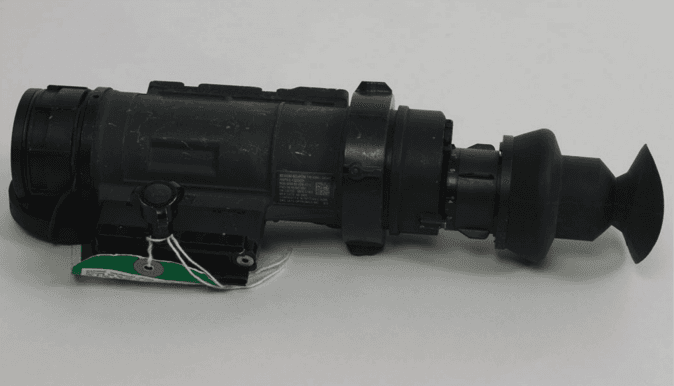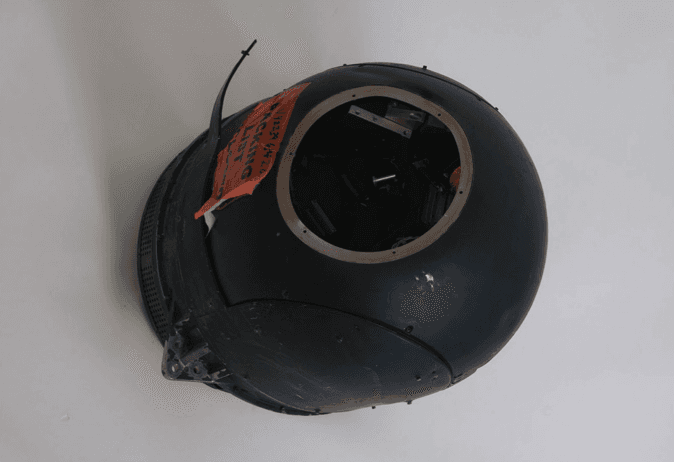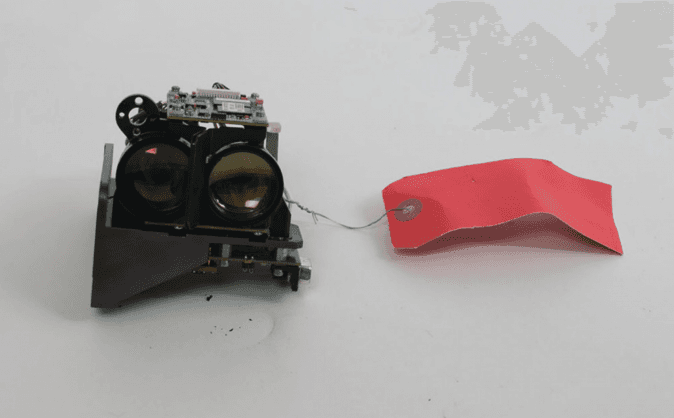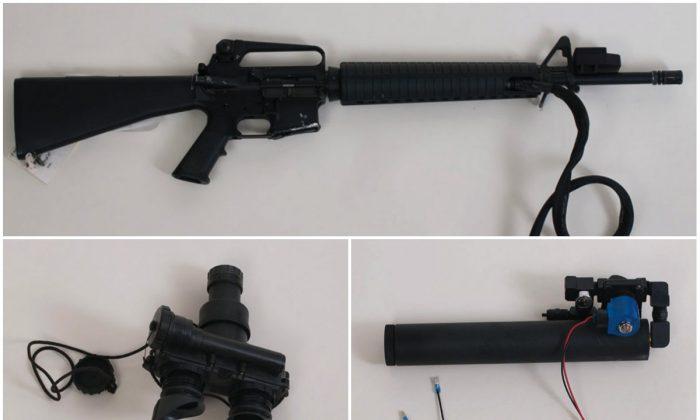The Defense Department handed over an estimated $1.2 million of military equipment to a fictitious federal law enforcement agency. Fortunately, the fraud scheme was set up by Government Accountability Office (GAO) investigators.
The investigators tested if the Defense Logistics Agency, an agency of the Defense Department, could detect a fraud attempt. Specifically, the investigators aimed at the Law Enforcement Support Office (LESO) program, which offers excess equipment to local and federal law enforcement agencies.
The program has distributed over $6 billion worth of property since 1991. About $240 million-$420 million of that property was considered “controlled,” which includes weapons, military vehicles, and even aircraft.
The program is popular with police departments because it gets them free supplies, like boots, clothes, and office supplies, but also equipment they couldn’t afford otherwise, such as humvees and helicopters.
The investigators managed to obtain nonlethal equipment like night vision goggles, simulated assault rifles, simulated pipe bombs, and infrared devices.

In late 2016, they applied for the LESO program using a fictitious agency name, address, and contact people. They also set up a website that resembled a legitimate federal agency as well as mail and email addresses.
LESO asked the investigators to provide legal statute establishing their fake agency. The investigators simply made up a piece of U.S. Code so it would look like their fake agency was actually set up by a law.
While the U.S. Code runs tens of thousands of pages, it is searchable online.

LESO communicated with the fake agency through email and not once tried to call or meet somebody in person to check if the agency was real.
Ultimately, LESO approved the application and the investigators gained access to the online database of LESO property. They requested over 100 controlled items, including night vision goggles, simulated M16 rifles, and simulated pipe bombs (used for training), infrared illuminators and receivers, and more. The items ranged in value from $277 to over $600,000, adding up to over $1.2 million. None of the items were lethal, but GAO stated some of them could have been modified to become potentially lethal.
In early 2017, the investigators picked up the equipment at three LESO warehouses using fake IDs and law enforcement credentials. At two of the warehouses, they were not even asked to show IDs. They had, however, their paperwork in order—they came with a properly approved request for equipment.







Friends Read Free